Reading a food label can give parents a lot of information about a product, but sometimes it can make choices more confusing. For example, what is cholesterol and how much of it are kids allowed to have?
We enlisted Children’s National Hospital dietitian Angela Boadu, RD, LDN/LD, for some advice to guide us through this question.
“Cholesterol is basically fat in your body. You need a certain amount of cholesterol to have energy, keep your cells healthy, keep growing and protect your organs,” Boadu said. “But too much is bad.”
So, we don’t want to have too much cholesterol, but there’s also good and bad cholesterol.
What is HDL versus LDL?
- HDL or high-density lipoproteins is known as good cholesterol. This cholesterol carries excess cholesterol away from the arteries and to the liver. Additionally, HDL gives us energy, protects our organs and supports cell growth. Where we get HDL:
- Monounsaturated fat: vegetable oils, avocados, nuts and seeds
- Polyunsaturated fat: soybean oil, safflower oil, fatty fish like salmon or mackerel
- LDL or low-density lipoproteins are bad cholesterol, if there is too much of this in the blood stream, it can build up on the artery walls that lead to the heart and brain. The buildup is called plaque, which can reduce the blood flowing to the brain and the heart. Where we get LDL:
- Trans fat: fast food items, store-bought items, baked goods, pastries, donuts
- Saturated fat: fatty beef, lamb, poultry with skin, butter, cream, cheese, full fat dairy products
How much cholesterol should children have?
Boadu said the daily recommended amount of monounsaturated fat and polyunsaturated fat is 25 and 35 percent of a child’s daily calories, respectively, while trans-fat and saturated fat should be avoided.
What are healthy alternatives?
“It’s really just a matter of convenience. It’s about preparation. Make sure you have low fat options in the house. Choose lean meats. Get low fat, fat free, milk cheese and yogurt – same with ice cream, or do sherbet instead,” Boadu said.
Boadu also suggested removing the skin from poultry and baking food instead of frying it.
Other low cholesterol tips
- Eat salmon or mackerel at least two times a week to help eliminate higher fat from meat.
- Limit fast food.
- Keep frozen fruits and vegetables in the house.
- Serve veggies simply. Don’t make broccoli and cheese, just make broccoli.
- Choose plant oils over butter or margarine, and use only 1 to 2 tablespoons, enough to sauté or pan-sear.
- Choose low fat dressing or mayo, an even better choice would be olive oil.
“Choose low fat, instead of fat-free, foods because most of the time fat free foods replace the fat with sugar, and too much sugar is not a good thing,” Boadu said.
Ask your child’s pediatrician for more tips on eating healthy and staying healthy.
 https://riseandshine.childrensnational.org/wp-content/uploads/2024/12/Healthy-holiday-eating-feature.jpg
300
400
Danielle Robbins
https://riseandshine.childrensnational.org/wp-content/uploads/2017/11/childrens_riseandshine_logo.jpg
Danielle Robbins2024-12-18 12:18:182024-12-30 12:33:39Healthy holiday eating tips for the whole family
https://riseandshine.childrensnational.org/wp-content/uploads/2024/12/Healthy-holiday-eating-feature.jpg
300
400
Danielle Robbins
https://riseandshine.childrensnational.org/wp-content/uploads/2017/11/childrens_riseandshine_logo.jpg
Danielle Robbins2024-12-18 12:18:182024-12-30 12:33:39Healthy holiday eating tips for the whole family



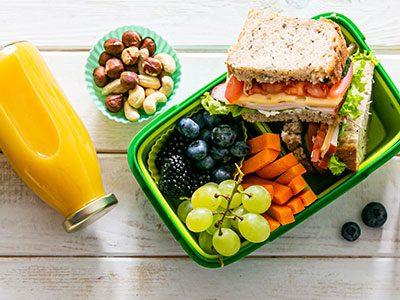


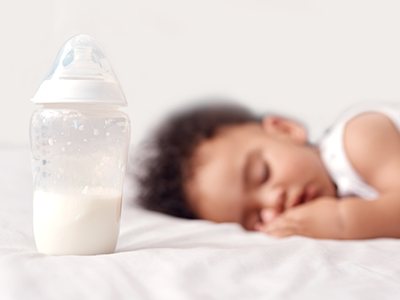

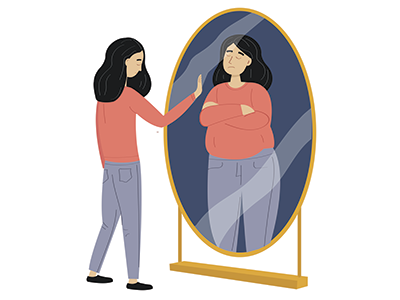
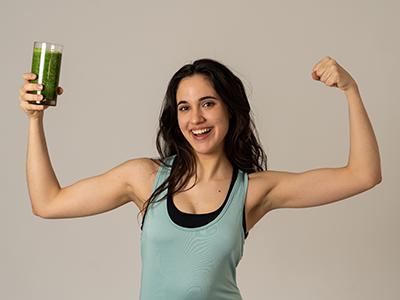
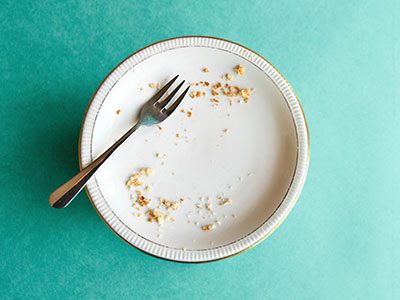
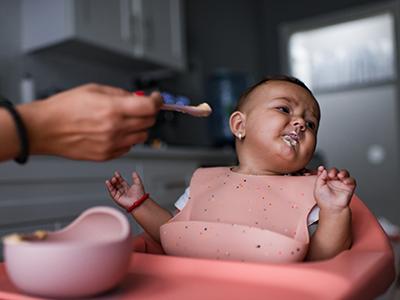
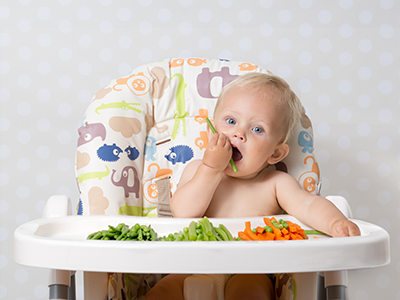

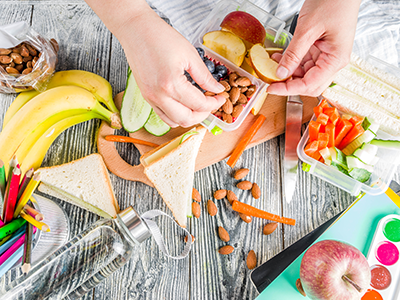
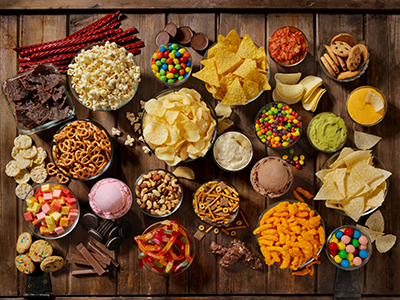
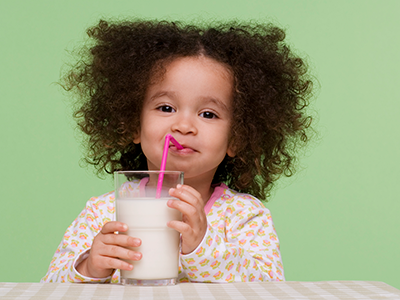
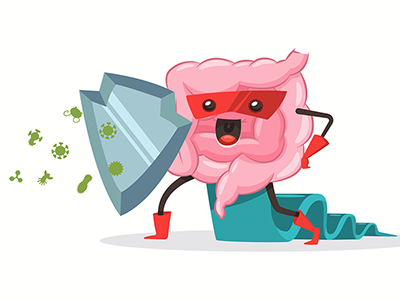
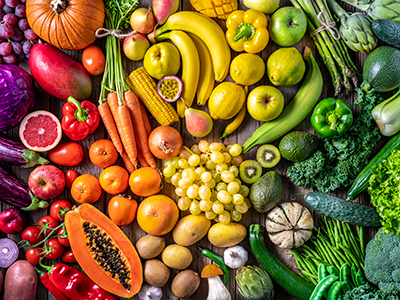
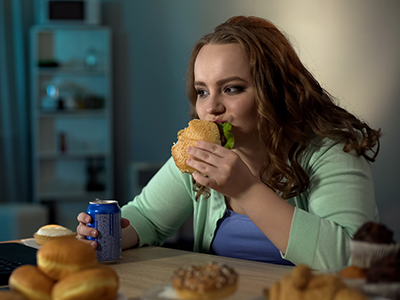

Leave a Comment
Want to join the discussion?Feel free to contribute!